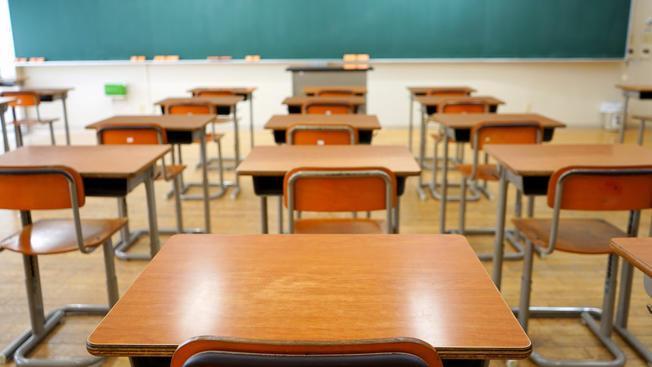Brighton and Hove is the only English city outside London where pupils do better than average, new government statistics have found.
The Office for National Statistics (ONS) analysed the educational attainment of pupils who sat their GCSEs in the 2012 to 2013 school year at different points through their education.
A score of 0 was the average score of all areas, while negative scores reflected poorer than average performance and positive scores reflected better than average attainment.
Brighton and Hove was the only English city with a positive score – 0.7%.
The ONS found that pupils in small towns in England have better educational attainment on average than their peers in larger towns and cities.
Smaller towns in England have a higher average attainment score partly because a larger share of these towns have low levels of income deprivation, the research suggested.
The ONS analysis, which uses Longitudinal Education Outcomes (LEO) data collected by the Department for Education (DfE), concluded that small towns had an average score of 0.4 and large towns had an average score of -0.9.
While smaller towns had a better average score, they also saw the widest range in scores, the research found.
Among the top 10% of towns in England with the highest educational attainment scores, none had high levels of income deprivation, the ONS said.
The ONS looked at the cohort of students who sat their GCSEs in the 2012 to 2013 school year as “they are the most recent pupils for whom data exists on their progress after school, up to age 22 years”.
Richard Prothero, the lead statistician for the ONS analysis, said: “It’s the first time ONS has looked at young people’s educational attainment by the size of town in which they went to school.
“Those in smaller towns generally did better than those in larger towns, while those in cities, other than London and Brighton and Hove, typically had lower attainment than those in towns.
“One reason for this may be the link between levels of deprivation and educational attainment as there tends to be more deprivation in larger towns and cities than in small towns.”
Geoff Barton, general secretary of the Association of School and College Leaders (ASCL), said: “This analysis demonstrates how closely aligned educational outcomes are to levels of deprivation.
“Raising attainment is therefore dependent not only on ensuring that schools in areas of high deprivation are well supported and resourced, but also on wider efforts to tackle poverty and improve local economies.”
A Department for Education spokesperson said: “We are determined to improve the quality of education for all children wherever they live, and we have driven up standards for pupils since the cohort in this study sat their GCSEs in the 2012/13 academic school year.
“We have identified 55 Education Investment Areas with the weakest educational outcomes where we are making additional investment to boost improvements, including £86 million to support academy trusts to develop their capacity to take on underperforming schools.
“We also support the most disadvantaged and vulnerable pupils through pupil premium funding, which is increasing to more than £2.9 billion in 2023/24 – the highest cash terms rate since this funding began.”






